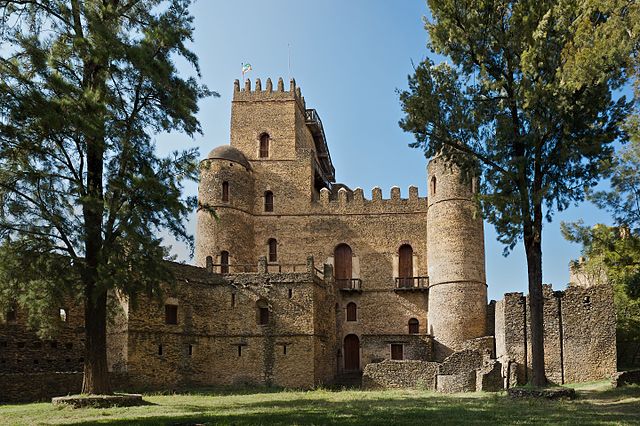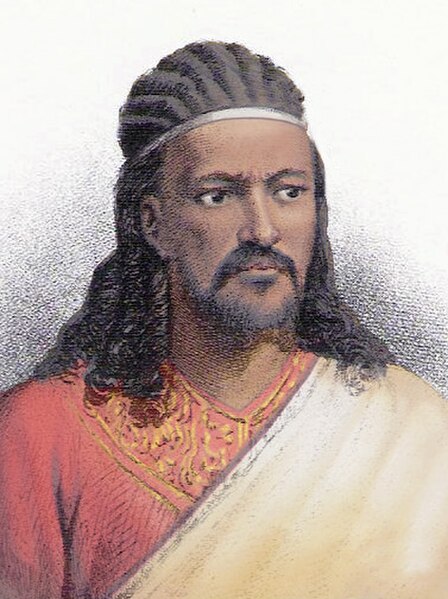1995 Constitution of Ethiopia
The Constitution of the Federal Democratic Republic of Ethiopia, also known as the 1995 Constitution of Ethiopia, is the supreme law of Ethiopia. The constitution came into force on 21 August 1995 after it was drawn up by the Constituent Assembly that was elected in June 1994. It was adopted by the Transitional Government of Ethiopia on 8 December 1994 and came into force following the general election held in May–June 1995.
Front cover of the Constitution book
hfdjgf utfdjtu
Ethiopia, officially the Federal Democratic Republic of Ethiopia, is a landlocked country located in the Horn of Africa region of East Africa. It shares borders with Eritrea to the north, Djibouti to the northeast, Somalia to the Northeast, East and Southeast, Kenya to the South, South Sudan to the West, and Sudan to the Northwest. Ethiopia covers a land area of 1,112,000 square kilometres. As of 2023, it is home to around 128 million inhabitants, making it the 13th-most populous country in the world, the 2nd-most populous in Africa after Nigeria, and the most populated landlocked country on Earth. The national capital and largest city, Addis Ababa, lies several kilometres west of the East African Rift that splits the country into the African and Somali tectonic plates.
A Homo sapiens idaltu hominid skull
Aksumite currency of the Aksumite king Endubis, 227–35, at the British Museum.
Fasil Ghebbi, one of the key castles of the Gondarine period.
Emperor Tewodros II (r. 1855–1868) brought an end to Zemene Mesafint






